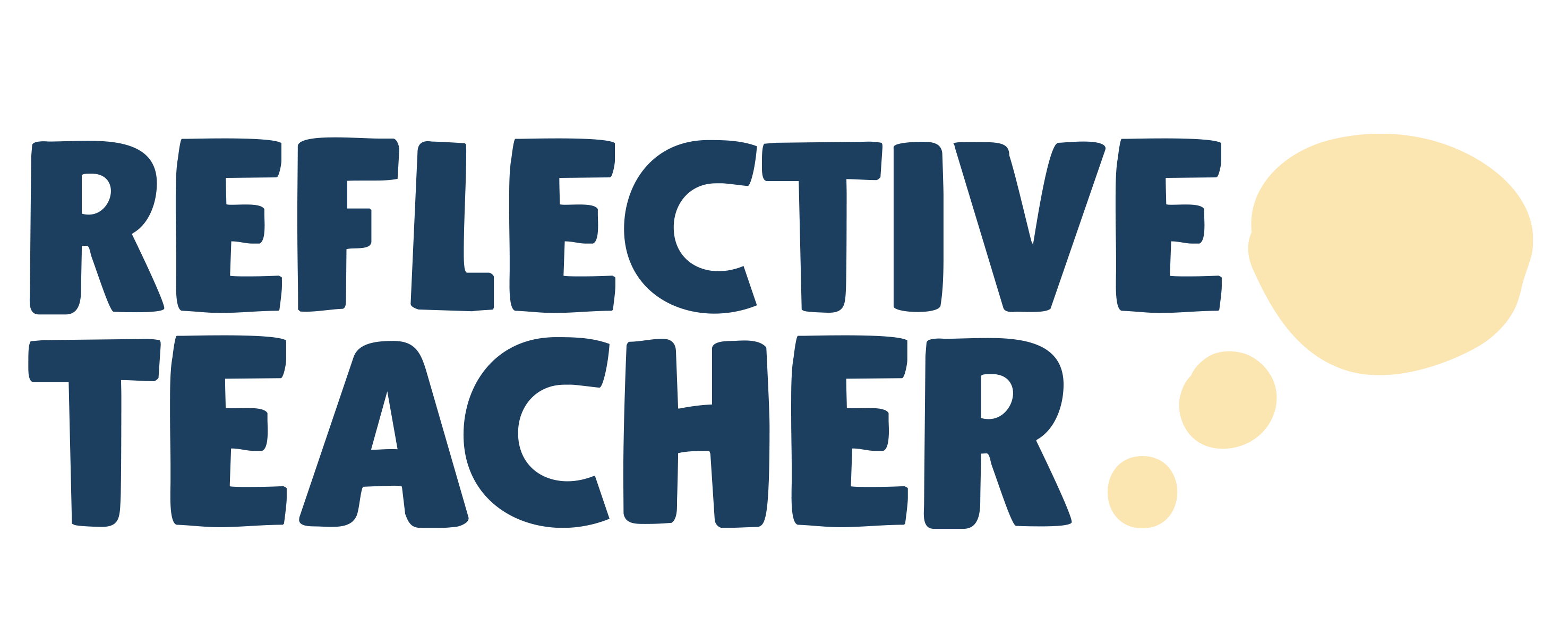Teaching is one of the most rewarding jobs out there, but let’s be real—it’s also one of the most challenging. Between lesson planning, grading, and trying to keep your students engaged, there’s one struggle that seems to haunt every teacher: how to balance creativity with those ever-looming standards. 😩
If you’ve ever felt like you’re stuck in a tug-of-war between wanting to create fun, innovative lessons and having to meet strict curriculum goals, you’re not alone. In fact, this is one of the top frustrations teachers face when reflecting on their lessons. So, let’s dive into this dilemma, explore why it’s so tricky, and share some tips to help you find that sweet spot between creativity and standards. 🎯

Why Is This Balance So Hard? 🤔
Let’s start by acknowledging the elephant in the room: standards are important. They ensure students are learning the skills they need to succeed, and they provide a framework for consistency across schools. But here’s the catch—standards don’t always leave much room for creativity. 📏
As a teacher, you want to bring your lessons to life. You want to see your students’ eyes light up when they “get it.” You want to experiment with new teaching tools, incorporate hands-on activities, and maybe even throw in a little humor or pop culture reference to keep things fresh. But when you’re constantly worried about ticking off boxes on a curriculum checklist, it’s easy to feel like your creative spark is being smothered. 😢
And let’s not forget the pressure of standardized testing. 📊 The fear of your students not performing well can make it tempting to stick to the script, even if it means sacrificing the fun, engaging lessons you’d rather be teaching.
The Fear of Falling Behind 😰
One of the biggest fears teachers have when reflecting on their lessons is not being able to adapt to changes. The education landscape is constantly evolving, and it can feel overwhelming to keep up. You might worry that if you spend too much time on creative activities, you’ll fall behind on covering the required material. Or worse, you might fear that your students won’t perform well on tests, and you’ll be held accountable. 😬
This fear is totally valid, but it’s important to remember that creativity and standards don’t have to be enemies. In fact, they can work together to create a more engaging and effective learning experience. The key is finding ways to integrate creativity within the framework of the standards. 🎨
How to Innovate Without Ignoring Standards 🚀
Okay, so how do you actually do this? Here are some practical tips to help you strike that balance:
1. Start with the Standards, Then Get Creative
Before planning a lesson, take a close look at the standards you need to cover. What are the key skills or concepts your students need to learn? Once you have that foundation, brainstorm ways to make those concepts more engaging. For example, if you’re teaching fractions, could you turn it into a cooking activity? 🍕 Or if you’re covering history, could you have students create a podcast or a mock news broadcast? 🎙️
2. Use Technology to Your Advantage
There are so many amazing tools out there that can help you bring creativity into your classroom without straying from the standards. Apps like Kahoot! or Nearpod can make learning interactive, while platforms like Canva or Adobe Spark can help students create visually stunning projects. 💻✨
3. Incorporate Student Choice
Giving students a say in how they learn can make a huge difference. For example, you could offer a menu of project options that all align with the same standard. Some students might prefer to write an essay, while others might want to create a video or design a poster. This way, you’re still covering the required material, but students feel more invested in their learning. 🎨📝
4. Collaborate with Other Teachers
You don’t have to figure this out on your own! Reach out to your colleagues and share ideas. Maybe someone in your department has already found a creative way to teach a tricky concept. Collaboration can save you time and spark new ideas. 👥💡
5. Reflect and Adjust
After each lesson, take a few minutes to reflect on what worked and what didn’t. Did the creative activity help students grasp the concept? Were there any gaps in their understanding? Use this feedback to tweak your approach for next time. Reflection is key to finding that balance. 🔄
The Desire to Innovate and Inspire 🌟
At the heart of this struggle is a deep desire to innovate with new teaching tools and inspire your students to love learning. You didn’t become a teacher to read from a textbook all day—you became a teacher to make a difference. And guess what? You are making a difference, even on the days when it feels like you’re just barely keeping up. 💪
It’s okay to feel frustrated sometimes. It’s okay to worry about falling behind or not meeting expectations. But don’t let those fears stop you from trying new things and bringing your unique creativity into the classroom. Your students will thank you for it. ❤️
Final Thoughts: You’ve Got This! 🙌
Balancing creativity and standards is no easy feat, but it’s not impossible. By starting with the standards, using technology, incorporating student choice, collaborating with colleagues, and reflecting on your lessons, you can create a classroom that’s both engaging and effective. And remember, it’s okay to take small steps. You don’t have to overhaul your entire teaching style overnight. 🌱
So, the next time you’re reflecting on a lesson and feeling that familiar tug-of-war, take a deep breath. You’re doing an amazing job, and your creativity is one of your greatest strengths as a teacher. Keep shining, keep innovating, and keep inspiring those students. You’ve got this! 🌟
Start your year by joining the ReflectiveTeacher community. Visit ReflectiveTeacher’s Official Website for more information and to download the app. Follow us on Twitter, Instagram, and LinkedIn for the latest updates and insights from educators around the globe. We offer a 30 day free trial to any school of any size to give ReflectiveTeacher a test drive.



Comments are closed